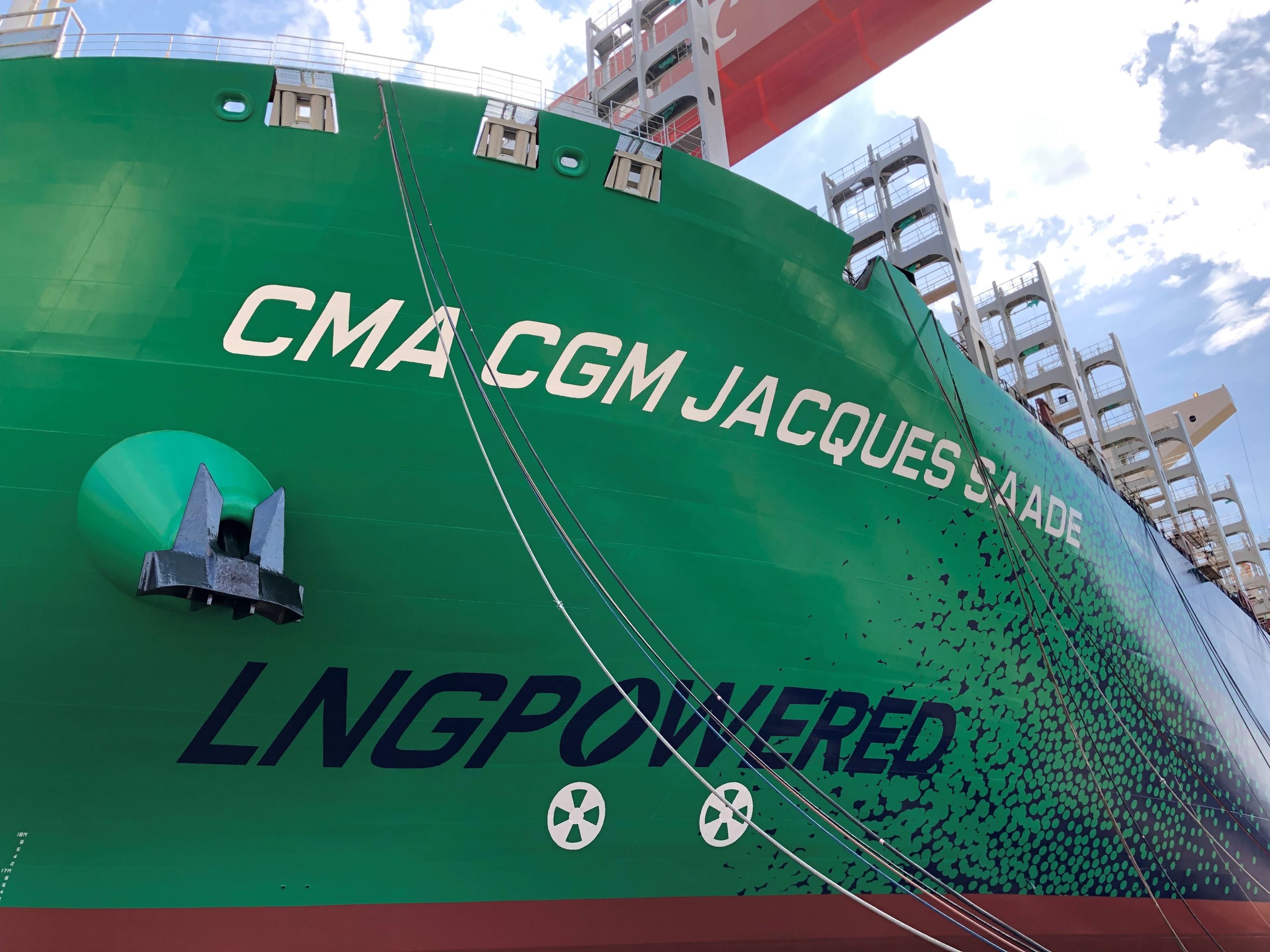More gas powered ships and more LNG bunker vessels show industry may not be wating for ‘miracle’ fuels
Two lobby groups pushing for further industry recognition of natural gas as a marine fuel have issued a new report claiming independent data to back their drive to get shipping to use LNG as it transitions towards a low greenhouse gas emission future.
SEA-LNG and the Society for Gas as a Marine Fuel, SGMF, funded research from a third-party consultancy to look at the full greenhouse gas emissions of LNG – from extraction until it is burned in a marine engine to propel a ship. It also looks at methane slip. This is the unburned natural gas which is emitted to air with the engine exhaust. Methane, the main component of natural gas is a much greater greenhouse gas the carbon dioxide.
While the report can be seen by critics as backing the commercial drive of the two groups members, there is no doubt that the 177 report is detailed and includes data from the engine makers (who may also have a vested interest in selling dual fuel engines with LNG capabilities as they develop fuels capable of burning other fuels such as ammonia or hydrogen.
Despite SEA-LNG trying to downplay the size of methane slip the report focuses heavily on it.
But what is clear in the report, which is the second one done for the groups, is that engines are increasingly better as reducing methane slip, and that owners, when they are ordering new tonnage are opting for dual fuelled vessels as they hedge their bets and try to have tonnage that is still an economic option in the coming decades.
Despite some green lobby groups and researchers advocating ammonia or other zero emission fuels, there is no denying the uptake of LNG in international shipping.
Speaking during a press webinar to announce the new study SEA-LNG General Manager Steve Esau pointed to the number of vessels, and in particular the number of bunker vessels that are on order to supply LNG fuel.
“The supply side has been really interesting, he said “In 2017 there was one LNG bunker vessel, now there are about 20 with a further 30 to 35 on order that we know of, so we are seeing a massive supply side response.”
So, while shipping needs to find a route to significantly reduce emissions between now and 2050, it is clear that many owners with cash in their pockets that are ordering ships are ordering LNG powered tonnage.
This will not be enough for shipping to meet its 2050 target and may not be enough to meet its 2030 goal either, but Peter Keller, SEA-LNG chairman has often argued that shipping should not wait for miracle’ fuels, as he calls ammonia and hydrogen.
There is also the argument that LNG, acting as a transition fuel, can lead to new carbon neutral fuels, such as biogases and electro-fuels. There is debate about how the transition of shipping will materialise, and therefore whether fuels will need to be carbon neutral (emitting CO2 but using CO2 in their production) or have zero emissions, such as ammonia, which could lead to issues of ammonia slip and emissions of laughing gas.
Owners who are looking to order new vessels are having to weigh up whether companies like MAN ES who sell LNG dual-fuel engines will also have an ammonia dual fuel engine ready by 2024 as it has promised.
The 2nd Life Cycle GHG Emission Study on the Use of LNG as a Marine Fuel revisits earlier 2018/2019 research and can be found following this link































